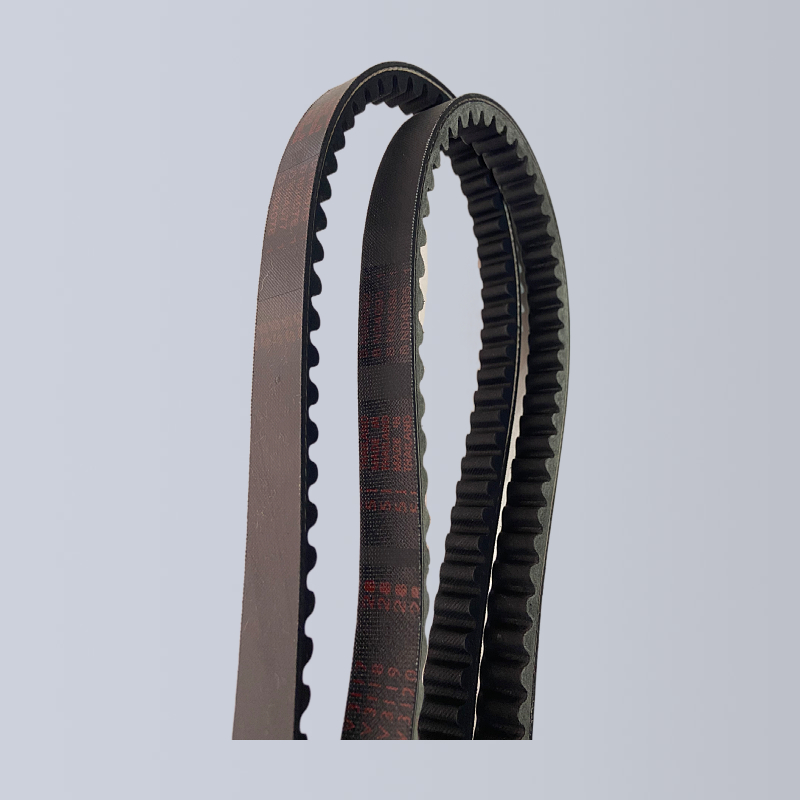- Arabic
- French
- Russian
- Spanish
- Portuguese
- Turkish
- Armenian
- English
- Albanian
- Amharic
- Azerbaijani
- Basque
- Belarusian
- Bengali
- Bosnian
- Bulgarian
- Catalan
- Cebuano
- Corsican
- Croatian
- Czech
- Danish
- Dutch
- Afrikaans
- Esperanto
- Estonian
- Finnish
- Frisian
- Galician
- Georgian
- German
- Greek
- Gujarati
- Haitian Creole
- hausa
- hawaiian
- Hebrew
- Hindi
- Miao
- Hungarian
- Icelandic
- igbo
- Indonesian
- irish
- Italian
- Japanese
- Javanese
- Kannada
- kazakh
- Khmer
- Rwandese
- Korean
- Kurdish
- Kyrgyz
- Lao
- Latin
- Latvian
- Lithuanian
- Luxembourgish
- Macedonian
- Malgashi
- Malay
- Malayalam
- Maltese
- Maori
- Marathi
- Mongolian
- Myanmar
- Nepali
- Norwegian
- Norwegian
- Occitan
- Pashto
- Persian
- Polish
- Punjabi
- Romanian
- Samoan
- Scottish Gaelic
- Serbian
- Sesotho
- Shona
- Sindhi
- Sinhala
- Slovak
- Slovenian
- Somali
- Sundanese
- Swahili
- Swedish
- Tagalog
- Tajik
- Tamil
- Tatar
- Telugu
- Thai
- Turkmen
- Ukrainian
- Urdu
- Uighur
- Uzbek
- Vietnamese
- Welsh
- Bantu
- Yiddish
- Yoruba
- Zulu
Nov . 09, 2024 06:18 Back to list
Understanding the Benefits and Applications of Synchronous Belt Systems in Machinery
Understanding Synchronous Belts An Essential Component in Mechanical Systems
Synchronous belts, often referred to as timing belts, play a pivotal role in various mechanical systems. These power transmission components are designed to synchronize the rotation of two or more shafts, ensuring that they operate in harmony. This article will delve into the design, functionality, advantages, and applications of synchronous belts, illuminating their importance in modern machinery.
What is a Synchronous Belt?
A synchronous belt is a type of toothed belt that features teeth along its inner surface. These teeth engage with corresponding gears or pulleys, allowing for an efficient transfer of power without slipping. Unlike traditional V-belts, which can slip during operation, synchronous belts provide precise timing, making them ideal for applications where accuracy is critical.
Design and Composition
Synchronous belts are typically made from durable materials such as neoprene, polyurethane, or rubber, combined with reinforcing fabrics like fiberglass or aramid to enhance strength and flexibility. The belt’s teeth are designed to fit into the grooves of the pulleys, allowing for efficient meshing. The design of these teeth is crucial, as it determines the belt’s pitch—essentially the distance between the teeth—and the overall effectiveness of the power transmission.
The belts come in various profiles, including trapezoidal, rounded, and in some cases, even customized shapes to fit specific applications. This flexibility in design enables synchronous belts to accommodate a wide range of machinery, from consumer devices to industrial equipment.
Advantages of Synchronous Belts
1. Precision Timing One of the primary advantages of synchronous belts is their ability to maintain accurate timing between connected components. This is essential in applications such as automotive engines, where precise synchronization is required to optimize performance.
2. High Efficiency Synchronous belts have a higher efficiency compared to traditional belts. Their design minimizes energy loss due to slippage, making them ideal for energy-sensitive applications.
3. Low Maintenance Synchronous belts typically require less maintenance than other forms of power transmission. With no need for lubrication or frequent adjustments, they can reduce operational downtime and maintenance costs.
synchronous belt

4. Durability The materials used in manufacturing synchronous belts contribute to their longevity. These belts are resistant to wear and tear, making them suitable for heavy-duty applications.
5. Noise Reduction Because of their design and materials, synchronous belts operate more quietly compared to chain drives or gear systems. This makes them a preferred choice in environments where noise reduction is essential.
Applications of Synchronous Belts
Synchronous belts are utilized across a broad spectrum of industries and applications
- Automotive Industry They are fundamental in the timing systems of internal combustion engines, where they ensure that the camshaft and crankshaft rotate in sync.
- Industrial Manufacturing Synchronous belts are widely used in conveyor systems, CNC machines, and robots, providing precise movement for machining and assembly processes.
- Home Appliances Many household items, such as washing machines and refrigerators, utilize synchronous belts to facilitate smooth operation of motors and compressors.
- Aerospace and Defense In these high-stakes industries, synchronous belts are employed in systems where precision and reliability are non-negotiable.
Conclusion
Synchronous belts represent a critical component in the machinery of today, providing a reliable, efficient, and low-maintenance solution for power transmission. Their ability to maintain precise timing and reduce energy loss has made them indispensable in various applications, spanning automotive to industrial sectors. As technology advances and demands for efficiency increase, the role of synchronous belts will likely expand, underscoring their importance in the future of mechanical engineering. Understanding their design, functionality, and application can aid engineers and manufacturers in selecting appropriate power transmission solutions for their specific needs. Embracing synchronous belt technology is essential for any industry seeking to improve operational efficiency and reliability.
-
Korean Auto Parts Timing Belt 24312-37500 For Hyundai/Kia
NewsMar.07,2025
-
7PK2300 90916-T2024 RIBBED BELT POLY V BELT PK BELT
NewsMar.07,2025
-
Chinese Auto Belt Factory 310-2M-22 For BMW/Mercedes-Benz
NewsMar.07,2025
-
Chinese Auto Belt Factory 310-2M-22 For BMW/Mercedes-Benz
NewsMar.07,2025
-
90916-02660 PK Belt 6PK1680 For Toyota
NewsMar.07,2025
-
drive belt serpentine belt
NewsMar.07,2025

